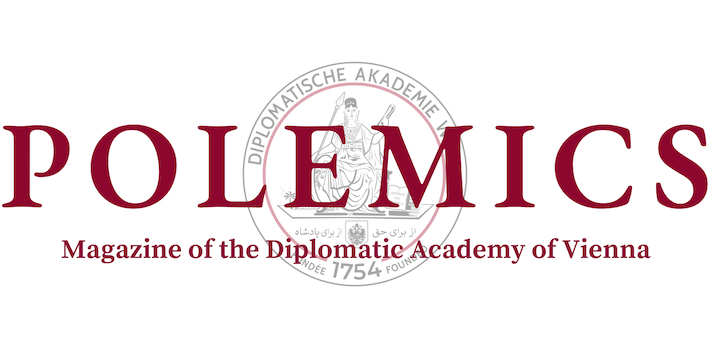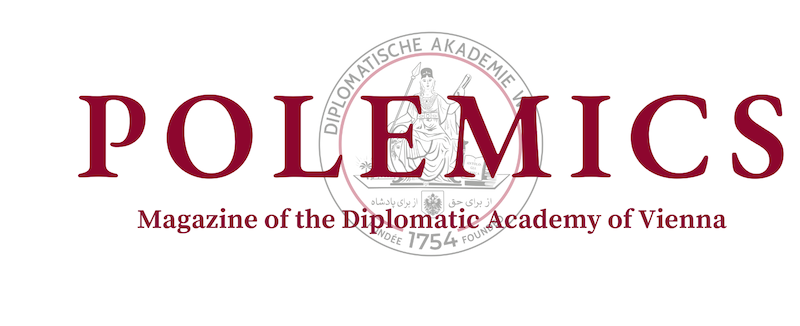Around the world, from Kazakhstan to Australia and the United States, communities continue to suffer from the consequences of nuclear testing: radiation-related illnesses, generational birth defects and environmental devastation. Decades later, survivors continue to fight for recognition and justice. Meanwhile, nuclear-armed states are spending billions to modernise their arsenals – $91.4 billion in 2023 alone –, prioritising deterrence over the real human and environmental costs of these weapons.
Against this backdrop, the Treaty on the Prohibition of Nuclear Weapons (TPNW), in force since 2021, is gaining traction with 73 ratifications and 25 additional signatories as of 2025. The treaty challenges the dominant security narrative by shifting the focus from the theoretical concept of deterrence to humanitarian and environmental realities. It is fully compatible with the core treaties of the global nuclear disarmament regime, the Non-Proliferation Treaty (NPT) and the Comprehensive Nuclear-Test-Ban Treaty (CTBT), however, nuclear-armed states and their allies refuse to engage, dismissing it as unrealistic.
This article explores the growing fragmentation of the global disarmament regime. The divide between nuclear-armed and non-nuclear-weapons states is evidently widening, but does that mean disarmament is a lost cause? The answer may depend on whether the world continues to prioritise deterrence – or whether the TPNW can redefine what security truly means.
The deepening divide in global disarmament
The global nuclear disarmament regime is facing increasing fragmentation, with a growing divide between nuclear weapons states and their allies and non-nuclear-weapon states. At the heart of this rift lies the failure of nuclear-armed states to uphold Article VI of the NPT, which obligates them to pursue “negotiations (…) on effective measures relating to cessation of the nuclear arms race at an early date and to nuclear disarmament”. While the NPT, which entered into force in 1970, was meant to prevent proliferation and lead to disarmament while promoting the peaceful uses of nuclear energy for all states, its review conferences have repeatedly failed to produce any tangible commitments toward eliminating nuclear arsenals. Since 2010, every NPT Review Conference has ended in deadlock, with no consensus on a path forward, largely due to resistance from nuclear-armed states to agree on concrete disarmament measures.
Frustration among non-nuclear-weapons states has been mounting, as many view the NPT as a system that entrenches nuclear hierarchies rather than dismantling them due to Art. VI’s weakness, with nuclear-armed states dominating the discourse over the vast majority of the “have nots”. In response, a coalition of non-nuclear-weapons states and civil society actors emerged in 2011 to shift the debate away from power politics and toward the humanitarian and environmental consequences of nuclear weapons. This movement, known as the Humanitarian Initiative, reframed nuclear weapons as weapons of indiscriminate destruction with long-term human and ecological consequences. Through a series of international conferences, momentum built for a new approach to nuclear disarmament – one that would bypass nuclear-armed states’ refusal to negotiate. This process culminated in the adoption of the Treaty on the Prohibition of Nuclear Weapons (TPNW) in July 2017.
The TPNW as a counter-narrative
The emergence of the TPNW marked a fundamental shift in global disarmament efforts, signaling a break from the NPT’s stagnation. However, the treaty has been met with outright rejection by nuclear-armed states and their allies, who have boycotted the negotiation process and continue to put pressure on other states not to engage with it. Their concerns are deeply rooted in the doctrine of nuclear deterrence. This long-standing security strategy claims that the existence of nuclear weapons prevents large-scale conflicts by making war between nuclear-armed states too costly to risk. Proponents argue that deterrence has maintained global stability since 1945, citing the Cold War as evidence that mutually assured destruction prevents nuclear-armed states from engaging in direct military conflict.
Nuclear-armed states and their umbrella allies, including NATO members, South Korea and Japan, assert that nuclear weapons are vital for their national security and alliance commitments. They argue that the TPNW fails to acknowledge the geopolitical realities of an increasingly tense and competitive world. Countries such as the US, France and the UK claim that unilateral disarmament would undermine their security while others, such as Russia and China, continue modernising their arsenals.
Beyond security concerns, the political and economic interests of the nuclear defence industry play a significant role in sustaining the deterrence narrative. In countries such as the US, where the nuclear weapons complex involves major defence contractors and extensive lobbying efforts, the industry exerts influence over policy decisions, ensuring continued investment in nuclear arsenals. As a result, nuclear-armed states dismiss the TPNW as an impractical and ideological initiative that ignores the “realities” of global security.
However, the TPNW fundamentally challenges these assumptions. According to its proponents, deterrence is a high-risk gamble that offers no certainty of preventing war. Historical near-misses, such as the Cuban Missile Crisis, the 1983 Soviet nuclear false alarm incident or the Norwegian Rocket Incident of 1995, demonstrate how easily misunderstandings or technical errors could have led to nuclear catastrophe. This is proof that deterrence is not a reliable security strategy but rather a system that transfers existential risk to all states, including those without nuclear weapons. Rather than providing stability, deterrence rests on fallible human and technological judgment. A report newly compiled by the Austrian government highlights that reliance on nuclear deterrence actively diminishes the security of non-nuclear-weapons states, as they are exposed to the consequences of potential nuclear conflict without any control over nuclear policies.
Moreover, scientific evidence increasingly contradicts the idea that nuclear deterrence guarantees stability. The Austrian report stresses that deterrence fosters arms races and proliferation by incentivizing states to build or modernize nuclear arsenals to maintain or challenge existing power hierarchies. While the US and Russia significantly reduced their nuclear arsenals after the Cold War, this disarmament was largely quantitative, not qualitative: older weapons were dismantled, but massive investments were made into developing more advanced and precise nuclear capabilities. Thus, this reduction occurred not because of deterrence, but in spite of it, driven by a recognition of the enormous risks and costs involved. The humanitarian and environmental effects of nuclear weapons, whether through testing, accidents or use, are cascading, long-term and irreversible. TPNW states argue that nuclear weapons, far from preserving security, perpetuate instability by creating a world dependent on the permanent threat of mass destruction. Their position is clear: true security does not come from weapons of mass destruction but from eliminating them entirely.
Conclusion: Is nuclear disarmament a lost cause?
The growing fragmentation of the global disarmament regime and the relentless modernisation of nuclear arsenals paint a grim picture. The dominance of deterrence-based security policies suggests that nuclear weapons are here to stay – at least for now. But does this mean that disarmament is a lost cause? Not necessarily.
The TPNW offers a fundamentally different approach, one that moves beyond power politics and recognises nuclear weapons as an existential threat to all humanity. Rather than expecting all nuclear weapons states to disarm overnight, the Theory of Change behind the TPNW seeks for the movement to gradually reshape the global discourse, stigmatising nuclear weapons much like past bans on biological and chemical weapons. By grounding security in humanitarian principles, environmental law and human rights, the treaty reframes nuclear weapons not as tools of stability but as active threats to global security.
Amidst an increasingly hostile and multipolar global environment, the TPNW offers a vision of security not based on mass destruction but on cooperation and international law. As the Austrian delegation stated at the Third Meeting of States Parties, “The TPNW is not a silver bullet for today’s or future security challenges, but nuclear weapons and nuclear deterrence are neither. And they are most definitely not a sustainable solution.” In an era of rising nuclear risks, the question is not whether disarmament is possible, but whether we are willing to accept the status quo as inevitable. The TPNW proves that many states and civil society actors refuse to do so. Nuclear disarmament is not a lost cause – it is a battle of ideas.
Written by Katja Palaszewski.
Edited by Rosey Elizabeth Holland.
Photo Credit: “TPNW Third Meeting of States Parties – Opening Statement by Hamasumi Jiro of Nihon Hidankyo” by ICAN (March 4, 2025), on Flickr








